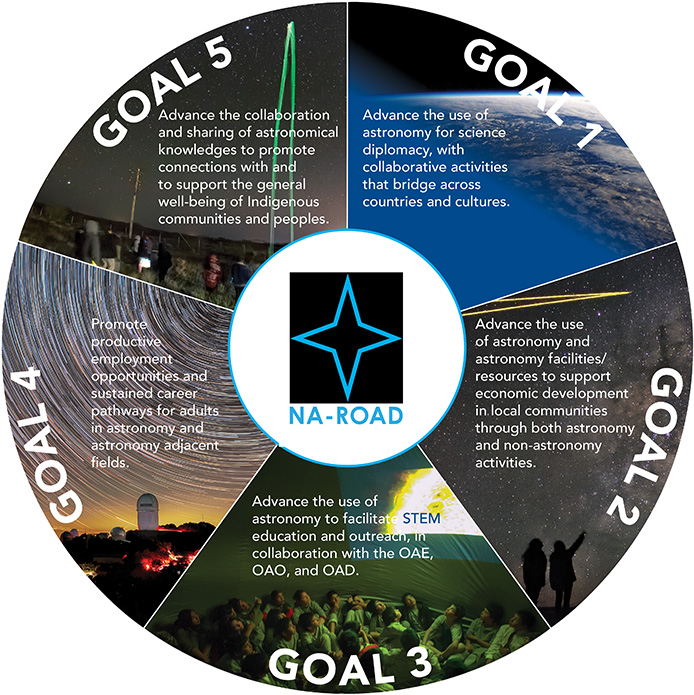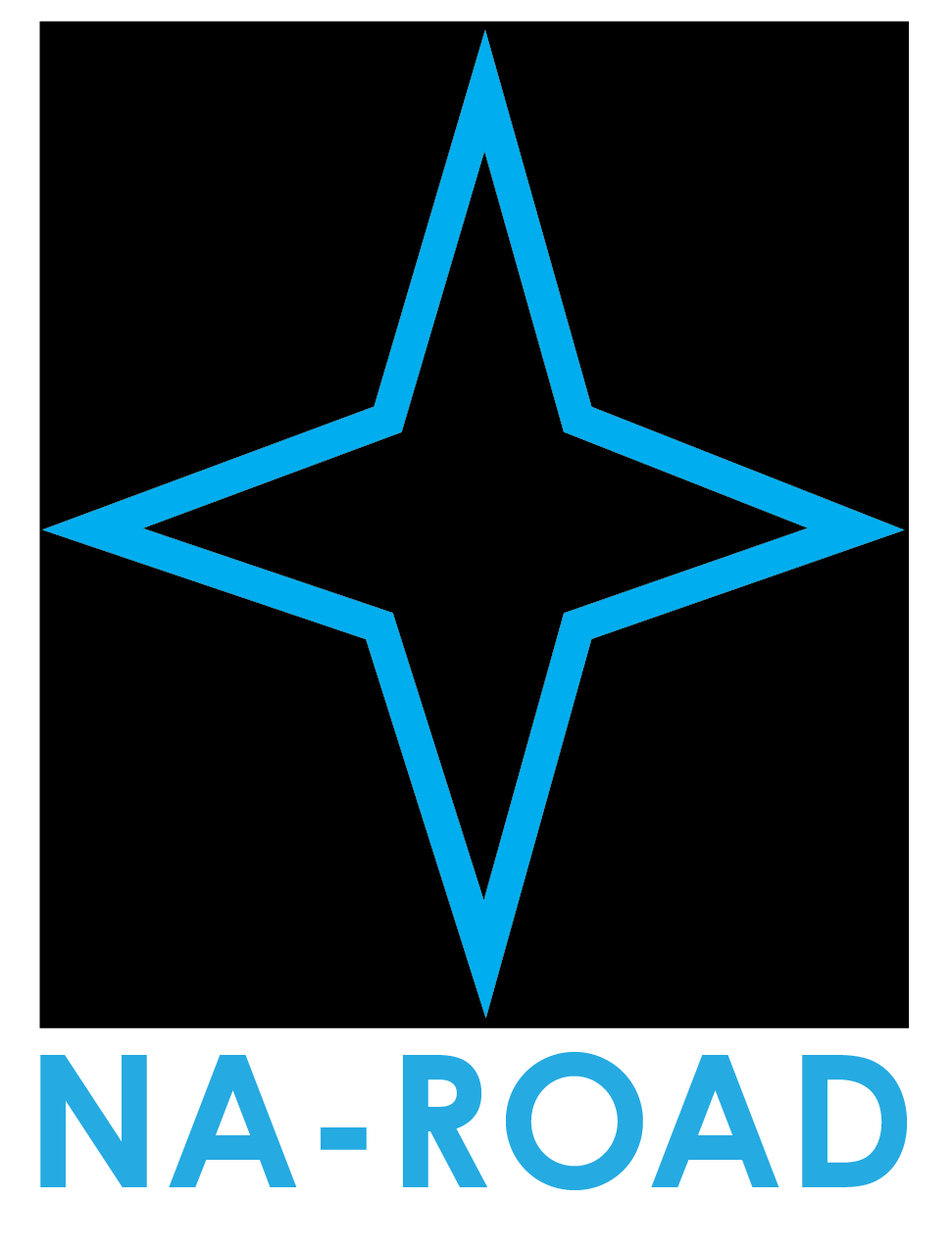
NA-ROAD’s goals from its strategic plan.
NA-ROAD’s 5-year strategic plan was completed in May 2021.
Access a pdf of the strategic plan:
The Strategic Planning Process
In an effort to better understand the needs of North America, the NA-ROAD conducted a Needs Assessment during the summer of 2020. Due to COVID-19 the Needs Assessment included an online survey only (See https://www.surveymonkey.com/r/NA_ROAD_Needs for survey). For the purpose of the survey, we defined North America to include the United States and U.S. Territories, Canada, Mexico, Greenland, and several island nations of the Caribbean. We had a good response to the Needs Assessment; more than 200 people in total responded, 172 from the U.S., 24 from Mexico, 13 from Canada, a few from the Caribbean nations, and none from Greenland. The results of the needs assessment and the established mission and goals of the OAD served as the foundation for the strategic plan.
The Strategic Planning Committee: The NA-ROAD Governing Council identified nine theme categories from which Committee members were identified, including a) astronomy for diplomacy, b) astronomy facilities for communities, c) astronomy for STEAM education for traditionally underrepresented groups (URM), d) astronomy for gender/racial equity, e) astronomy for light pollution mitigation, f) astronomy for Indigenous persons, g) astronomy for capacity building, h) astronomy for economic development, and i) astronomy for sustainability. The Governing Council then worked to select a Committee that brought to the strategic planning process expertise and experience from all nine categories, ensuring diverse representation. Individuals were identified via previous experience with Governing Council members and/or those who participated in the Needs Assessment. The Strategic Planning Committee included:
- Chad (Kalepa) Baybayan, ‘Imiloa Astronomy Center, Hawaii – USA
- Ana Torres Campos, Social Communication and Digital Media Officer at the Large Millimeter Telescope Alfonso Serrano – Mexico
- Yasmin Catricheo, Sr. STEM Education Officer at AUI, Washington DC – USA
- Jose E. Garcia, Founder and CEO of Kosmos Scientific de México, Monterrey, Mexico
- Hussein Jirdeh, Head of Communications and Public Outreach, Space Telescope Science Institute, Baltimore, MD – USA
- Deb Kaelbli, CFO & Treasurer at GLAS Education, Williams Bay, WI – USA
- Ka’iu Kimura, Executive Director, ʻImiloa Astronomy Center, Hawaii – USA
- Shari Lifson, Corporate Communications Coordinator, AURA, Baltimore, MD – USA
- Ameerah McBride, Chief Diversity Officer, AURA, Tucson, Arizona – USA
- Kate Meredith, President & Director of Education at GLAS Education, Williams Bay, WI – USA
- George Miley, Leiden University, ex-Vice President IAU, Initiator IAU Astronomy for Development program
- Rulx Narcisse, co-Founder and President of the Haitian Astronomical Society, Haiti
- Hilding Neilson, Assistant Professor, David A. Dunlap Department of Astronomy & Astrophysics, University of Toronto, Canada
- Nathalie Ouellette, JWST Outreach Scientist and Coordinator, Institute for Research on Exoplanets, Universite de Montreal, Canada
- Carmen Pantoja, Professor, Department of Physics, University of Puerto Rico-Río Piedras
- Tim Spuck – Director of Education and Public Engagement at AUI, Washington DC – USA
- Laura Trouille, VP of Science Engagement and Visualization, the Adler Planetarium, Zooniverse Co-PI

